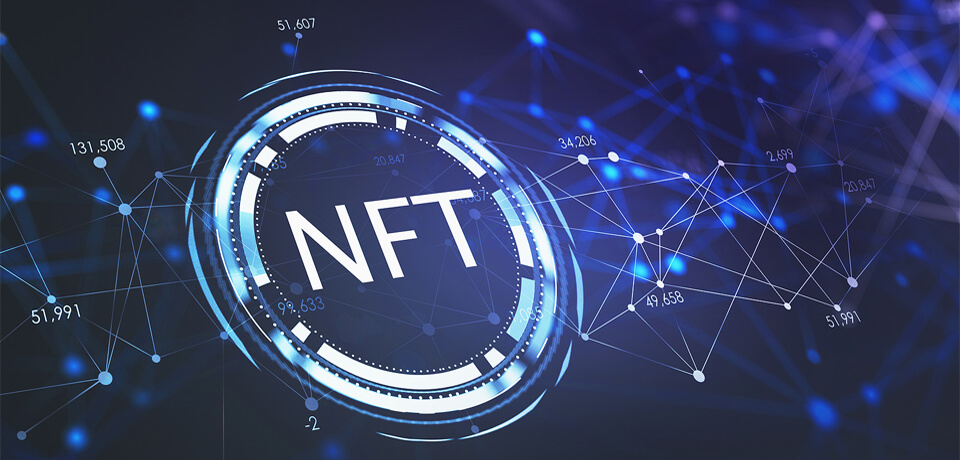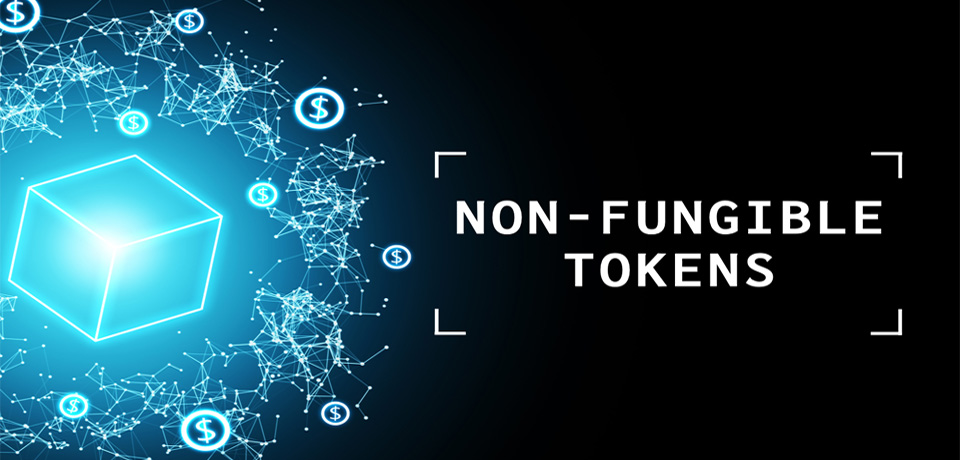Challenges surrounding NFT assets
Non Fungible Tokens or NFTs are getting increasingly popular, and you’ve probably heard something about them. They’re extremely popular in the crypto realm, and they’re also making inroads in other industries. Digital producers are generating a lot of money using non-fungible tokens. Every day, a large number of artworks are sold online. When a developer’s NFT is sold in the digital domain, he or she might make millions in a fraction of minutes. It’s also clear that consumers are more excited about acquiring, investing, and engaging in the digital world than in the traditional marketplace.
Cybersecurity threats and cybercrime become far more likely as a result of this. There is a good risk that digital tokens and investors in the business for NFTs in the market will be harmed. Even though the NFT industry has a great deal of promise, there are certain hazards to be aware of. If you’re considering going into the NFT industry, you should be aware of the dangers and problems that come with it. 一 Prevention is worth a pound of cure!
The Moment of Truth 一
The incumbent legal regulatory and financial system, which includes NFTs (Non Fungible Token), had not been built to accept digital assets. Nevertheless, as capitalists, financial institutions and fintech businesses, and other transnational corporations investigate this arena, certain important challenges have surfaced. Simply put, there seems to be no “free handout” on the regulatory front for NFTs, and this asset class also has its own set of commercial and legal challenges, many of which have existing answers but may need concessions.
Undoubtedly, all firms and individuals who use the web are vulnerable towards the hazards, but specific sectors, such as healthcare, governments, utilities, schools, and financial institutions, may be at significantly larger risk. Organizations with outdated legacy applications that have not been modernised are often the most vulnerable, since this, along with the preservation of client data, makes them particularly appealing to attackers.
Due to the unstoppable and fast growth of NFTs in recent times, the legislation still has not swept up with the digital phenomena. The regulatory uncertainty surrounding so many various elements of purchasing and selling digital assets via NFTs applies not just to the instances given above, but also to related practice areas of law, such as privacy and confidentiality legislation. It may only be a matter of time before NFTs and digital art become the subject of legal challenges.
Can these challenges be fixed ?
The NFT was first developed to assist art creators & enthusiasts in monetizing their digital work as it spreads throughout online platforms without acknowledgement or remuneration. Smart contracts, despite the stated immutability of blockchain ledgers, are much more prone to exploitation and counterfeiting than many people believe. And, given how profitable NFT dealing can be, there’s even more motivation for hackers to exploit flaws. However, while blockchain was designed to secure permanent royalties for artists when digital artworks are traded, this advantage does not always materialise when NFTs are transferred from one marketplace to another. Artists are defrauded out of their royalties because there are no unified guidelines for minting. Because the minting operation is uneven and fractured, and each marketplace runs differently, counterfeit and transactional fraud is a possibility.
To remedy this problem, rev3al comes into picture. Because we protect, authenticate and verify beyond blockchain. We make efforts to futureproof multi-factor authentication and anti-counterfeit protocols. With utter dedication and specialised efforts we authenticate and interact with digital assets and NFTs in the physical world. To produce a powerful robust secured NFT system, we combine numerous levels of authentication elements from each category. Consider this a door with many sorts of locks that must be opened with different keys, passcodes, biometrics, and other levels of access. Most criminals can pick a lock or decipher a code, but they can’t do everything.
Our technology provides a multi-factor degree of protection based on graphics and software. We implement extra dynamic layers of changeable data interlaced throughout each feature to further strengthen the entire solution, combining serialised uniqueness throughout and avoiding simple simulation efforts as well as illicit diversion or distribution of assets. Original purchasers and aftermarket buyers can upload and validate the validity of the REV3AL layer of their NFT or Digital asset using our patented technology. To safeguard and raise the value of their NFT asset, hidden encryption will be validated against a recorded archive.
It is with REV3AL Technology where you may experience technology based on decades of anti – counterfeiting & brand protection with a multi layered and multi factor approach for files, assets and the carbon world.



